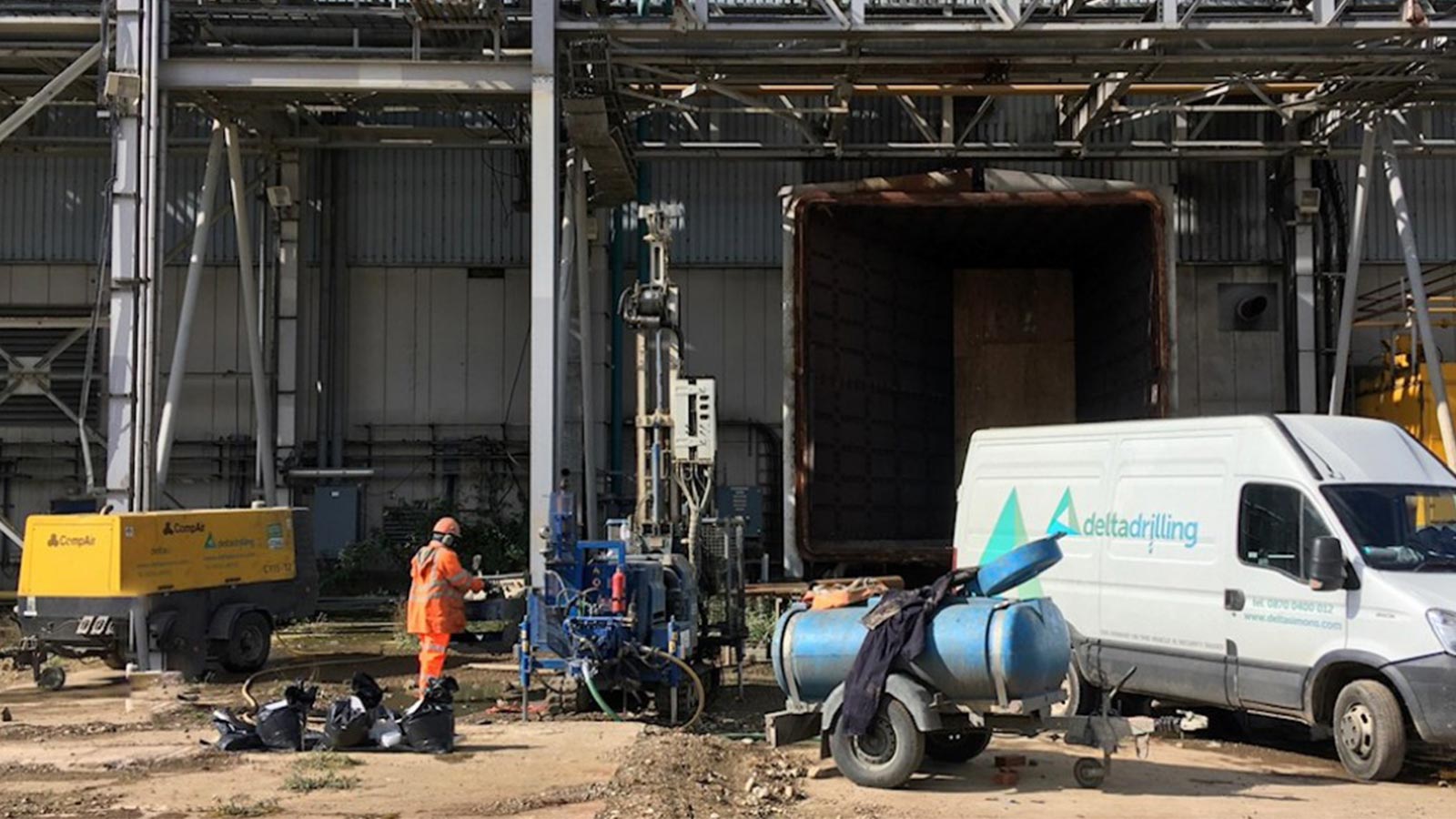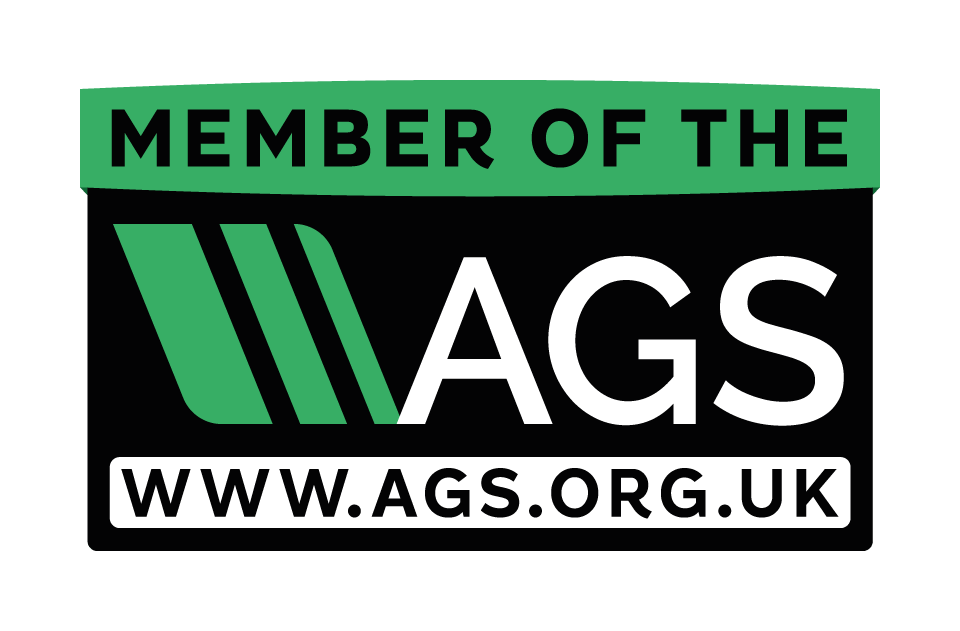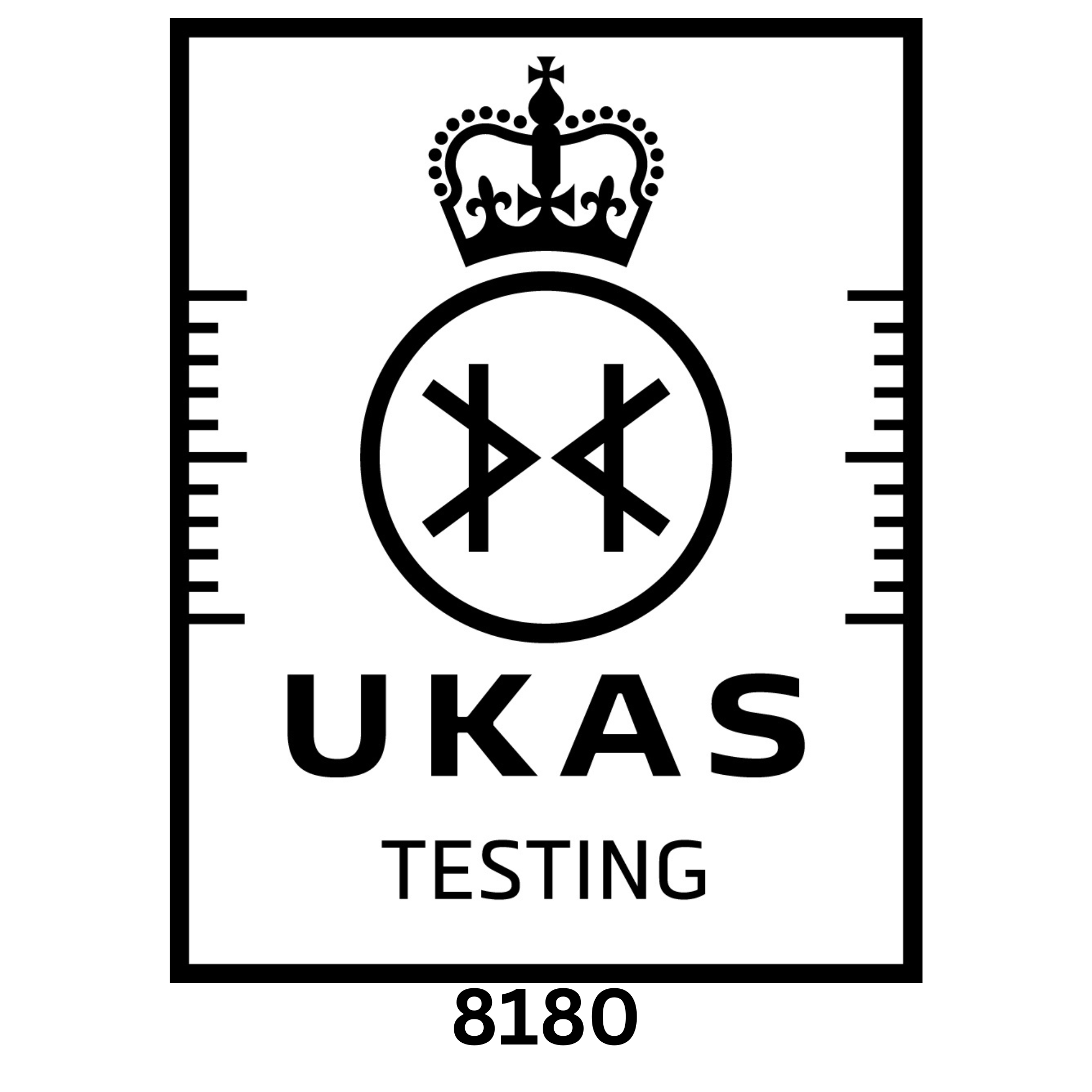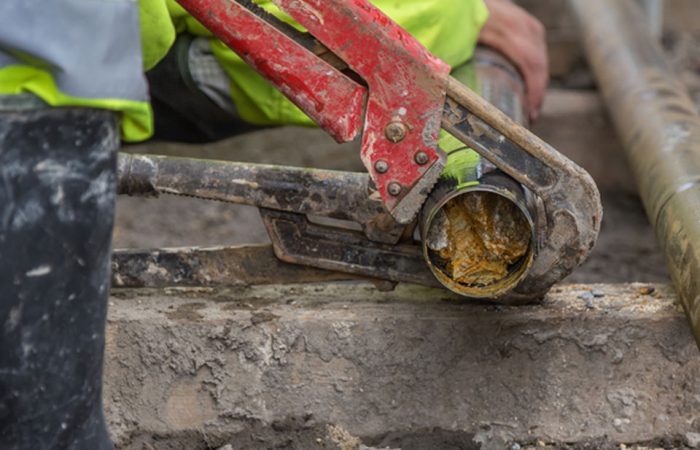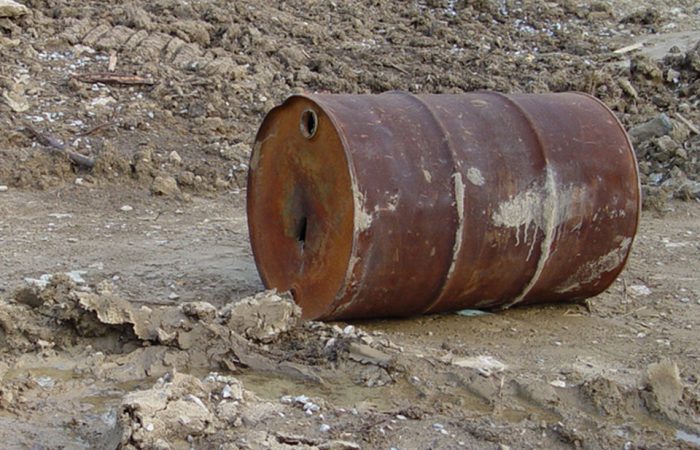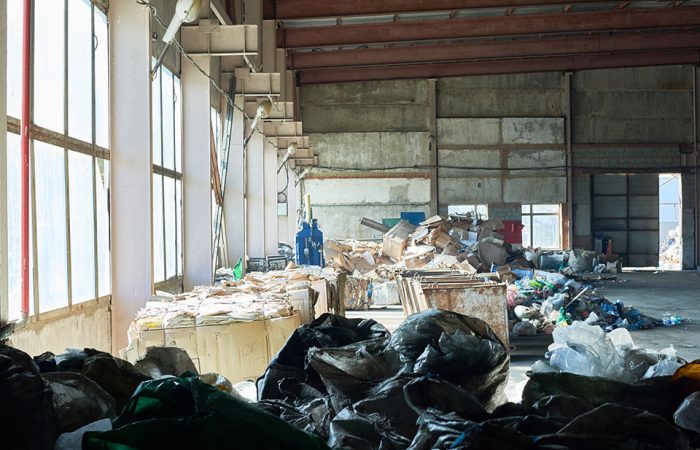Safely and effectively remediate contaminated land and soil with Lucion’s expert services. Our tailored solutions, from asbestos remediation to contract management, deliver sustainable outcomes and unlock land value for your projects.
Contaminated land and soil can pose significant risks to human health, the environment, and your property assets. Effective remediation is crucial for managing these risks, unlocking land value, and enabling the safe and beneficial reuse of sites. Lucion’s expert land and soil remediation services provide you with the specialist knowledge, skills, and resources needed to achieve your remediation and redevelopment goals.
Our team of experienced remediation professionals, including engineers, scientists, and project managers, works closely with you to understand your specific needs and objectives. We develop tailored remediation strategies that address the unique characteristics and challenges of each site, considering factors such as the nature and extent of contamination, the intended land use, and the regulatory and stakeholder context.
Whether you are dealing with a small, low-risk site or a large, complex industrial facility, Lucion’s land and soil remediation services provide the end-to-end support you need. From initial site investigation and risk assessment to remediation design, implementation, and verification, we deliver holistic solutions that are technically robust, commercially viable, and sustainable.
Lucion’s land and soil remediation services cover a wide range of contaminants and remediation techniques, including:
Asbestos in Soils/Made Ground Remediation
We provide expert advice, design, and implementation support for the safe and effective remediation of asbestos contamination in soil and fill materials. Our solutions are tailored to the specific risks and requirements of each site, using techniques such as excavation, treatment, containment, and institutional controls to achieve the desired outcomes.
Tendering and Managing Remediation Works
We provide specialist support for the procurement, contracting, and supervision of remediation projects, ensuring that works are delivered to the required quality, schedule, and budget. Our services include tender document preparation, contractor selection, contract negotiation, and on-site supervision and verification.
Sustainable Remediation and Waste Management
We promote the use of sustainable remediation approaches that minimise environmental impacts, conserve resources, and reduce waste. Our services include materials management planning, waste classification, permitting, and land remediation tax relief, to optimise the reuse and recovery of materials and minimise disposal costs.
By partnering with Lucion for your land and soil remediation needs, you can have confidence in the quality, value, and sustainability of the solutions we deliver. Our services help you manage contamination risks effectively, minimise liabilities, and unlock the full potential of your land assets.



